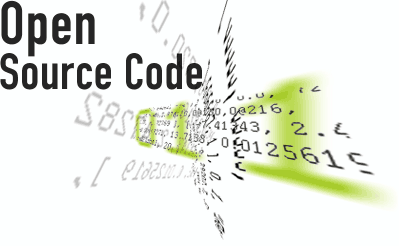Current industry trends suggest greater adoption of open source technology, in fact, the UK Government Cabinet Office recently set up an action plan to investigate this. This paper will debate the reasons for the burgeoning existence of Open Source technologies, and compare and contrast Open Source Technology with typical license software from major vendors.
Open Source is making waves – it’s become and attractive (almost fashionable) proposition for people or organisations buying and operating software – we’ll take a look at how OS affects them.
The broad structure of this paper is as follows:
- Open Source – What is it?
- The Software Buyer’s Perspective (next post)
- The Software Vendor’s Perspective (third post)
- In Conclusion (fourth and final post)
First we will look at a very brief definition of Open Source, but I feel it’s just as important to cover the implications, opportunities, threats, of Open Source from the perspective of “traditional” license model software vendors – so I’ll spend a little time exploring that.
Open Source – What Is It?
Open Source is a core software development methodology. Open source is not a product, a technology, a license model, or a business model.
– Bruce Guptill, Saugatuck Technology
Open source is a development method for software that harnesses the power of distributed peer review and transparency of process. The promise of open source is better quality, higher reliability, more flexibility, lower cost, and an end to predatory vendor lock-in.
– www.opensource.org
Open Source Software (OSS) is software where the source code (the language in which the program is written) is freely distributed with the right to modify the code…
– UK Govt white paper
Here is the Layer 5 Solutions no-nonsense definition of Open Source:
It’s free software. We don’t just acquire the software to run, we also get the code from which it is built. Therefore we can modify the code, and alter the software to suit our own requirements.
Doesn’t that sound wonderful? And does it sound like a threat to the traditional “licensed fee” model of selling software?
In the next post we’ll take a look at the IT Purchasers perspective.

